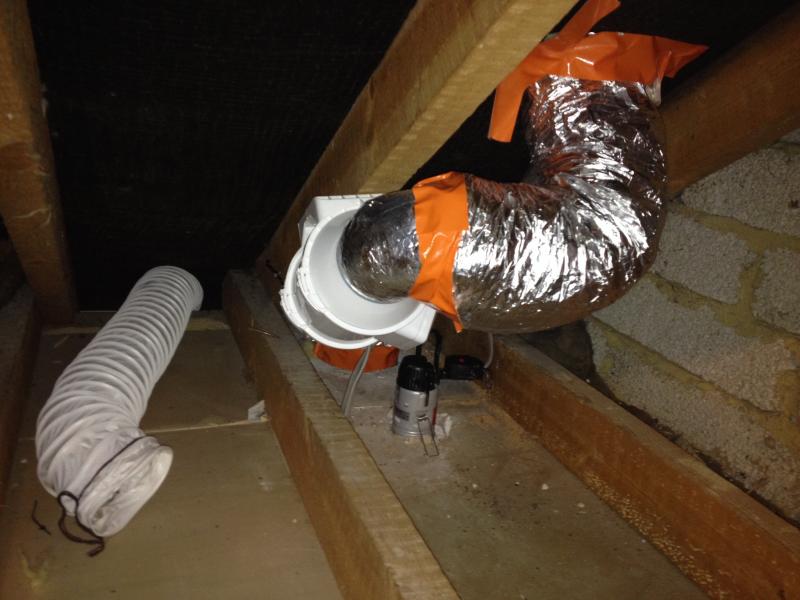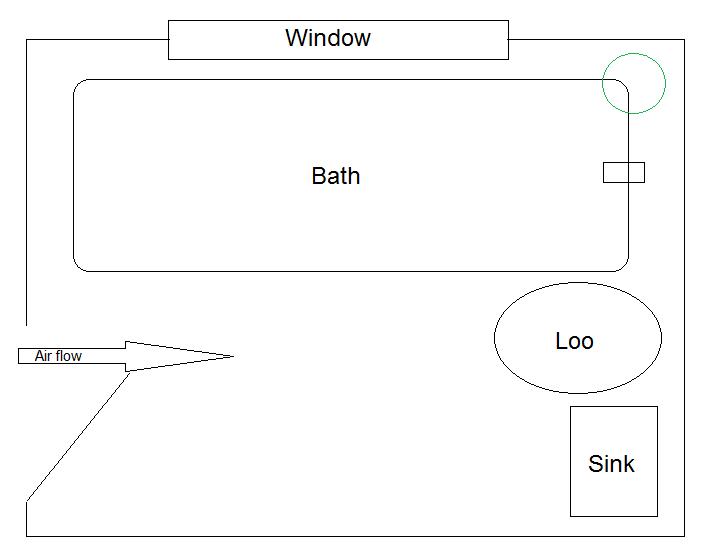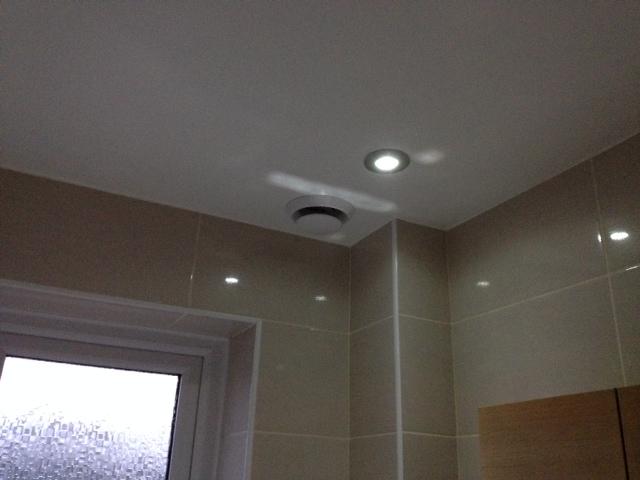I'm looking at replacing an underperforming 4" inline fan (a Silavent Vitalis 100) for my bathroom.
We've shortened the run of ducting and removed some bends and it has a fairly good supply of air from under the bathroom door but it's still not cutting the mustard. It's rated at (I believe) 187m3h and I've been looking at one of these which is rated at 250m3h or possibly the 5" which is rated at 380m3h.
Are those Soler and Palau's the sort of fans I should be looking at in terms of reliability and performance? Or are there better makes/models?
I'd like it to be quiet if possible as its close to a bedroom. I don't mind spending a bit more to have something that will definitely keep the room from steaming up.
And yes, I'm going to be putting back the insulation (removed for the change of fan and lights) and upgrading it too which should help a little I guess.
Thanks,
Andy
We've shortened the run of ducting and removed some bends and it has a fairly good supply of air from under the bathroom door but it's still not cutting the mustard. It's rated at (I believe) 187m3h and I've been looking at one of these which is rated at 250m3h or possibly the 5" which is rated at 380m3h.
Are those Soler and Palau's the sort of fans I should be looking at in terms of reliability and performance? Or are there better makes/models?
I'd like it to be quiet if possible as its close to a bedroom. I don't mind spending a bit more to have something that will definitely keep the room from steaming up.
And yes, I'm going to be putting back the insulation (removed for the change of fan and lights) and upgrading it too which should help a little I guess.
Thanks,
Andy




